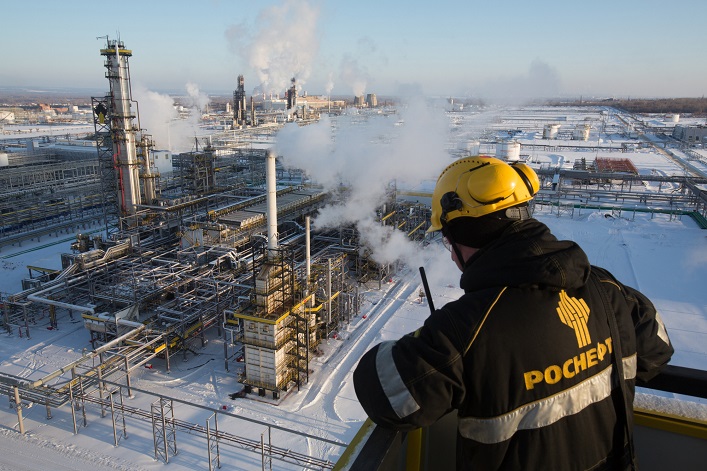In May, the Russian government’s subsidies to its gasoline producers increased to ₽202B ($2.5B), and the amount keeps growing. Russian authorities are forced to pay these costs to curb the rise in consumer prices for gasoline.
As analysts note, estimates of damage resulting from Ukrainian drone strikes on Russian oil refineries vary widely. The maximum estimate is that 17% of the country’s processing capacity has been damaged. Considering the locality of the market, the loss of capacity from plants located in the European part of the Russian Federation that supply fuel to the aggressor’s troops could reach 20%.
By March 18, oil trader Gunvor Group estimated Russia has lost 600,000 barrels of daily oil refining capacity. JPMorgan estimated this figure at 900,000 barrels. At the end of April, it was reported that oil refining in Russia approached its lowest point in 11 months.
Regarding capacity restoration, refinery equipment is mostly made to order, the terms can reach two years, and some installations cost as much as $1B.
